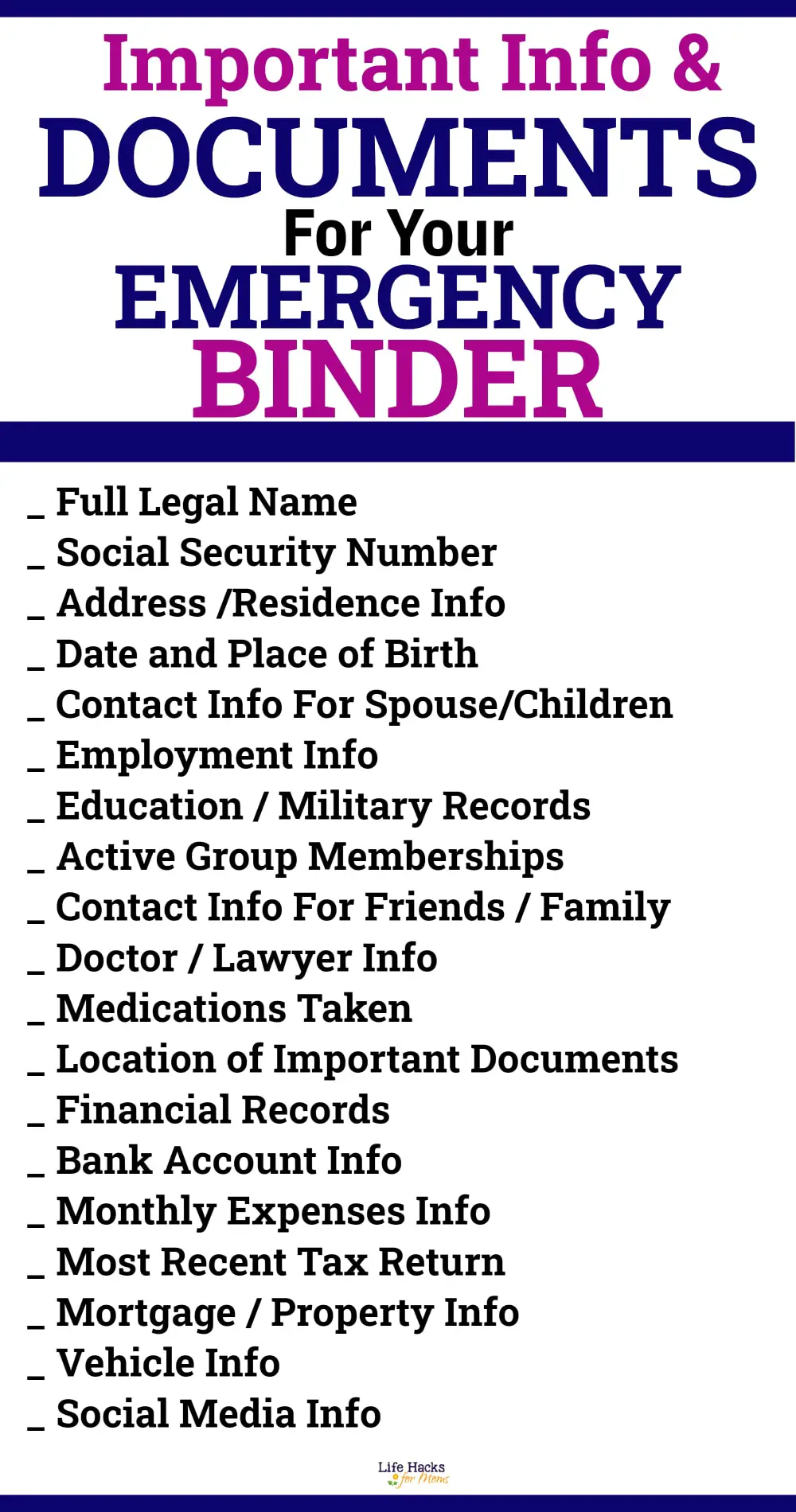5 Tips to Understand Navr Paperwork for Cars

Buying a car is an exciting journey, but it can also be overwhelming when it comes to navigating through the mountain of paperwork involved in the process. Navr paperwork for cars, which refers to the various documents and certificates associated with vehicle ownership and compliance, can seem daunting at first. However, with some guidance, understanding these documents can be straightforward, and this article aims to simplify that for you.
1. The Vehicle Ownership Certificate

First and foremost, when purchasing a car, you’ll receive a vehicle ownership certificate, commonly known as the title. This document is proof of ownership for the vehicle.
- Check the Details: Ensure the vehicle identification number (VIN), make, model, and year match the car you are buying.
- Ownership History: Look for any branding on the title like “salvage” or “rebuilt” which can indicate the car’s history.
- Signatures and Transfers: Both the seller and the buyer must sign the title for the transfer to be legal.
2. Bill of Sale

The bill of sale acts as a record of the transaction:
- Details to Include: It should list the vehicle’s details, sale price, buyer’s and seller’s information, and the date of the sale.
- Retention: Keep a copy for your records as it can be useful for tax purposes or if there are any disputes.
📝 Note: Ensure you keep both the original and a copy of the bill of sale securely. If the transaction involves a loan, make sure to get a lien release upon payment completion.
3. Odometer Disclosure Statement

The Federal Truth in Mileage Act requires a written statement of the car’s odometer reading at the time of sale:
- Verify the Reading: Compare this with the actual mileage shown on the dashboard to confirm accuracy.
- Compliance: This document is crucial for compliance with federal and state regulations.
4. Title Transfer and Registration Forms

Transferring the title and registering the vehicle are essential steps to making the car legally yours:
- Forms: Visit your local DMV or the seller’s DMV (if out of state) to get the necessary forms. These forms typically include:
- Title application
- Vehicle registration form
- Fees: Expect to pay title transfer and registration fees, which vary by state.
- Insurance: You’ll need to provide proof of insurance before registration can be completed.
5. Emission and Safety Certificates

Depending on your region:
- Emission Test: Some states require a vehicle to pass an emissions test before registration can be granted.
- Safety Inspection: A safety inspection certificate might be required to ensure the car meets local safety standards.
Enhancing the Navr Paperwork Experience

Here are some tips to make handling Navr paperwork easier:
- Be Organized: Keep all your paperwork in one place, whether physically or digitally. Use folders or document management apps.
- Ask Questions: If you’re unsure about any document or process, don’t hesitate to ask the dealer, seller, or visit the DMV for clarification.
- Timely Action: Ensure all paperwork is processed promptly to avoid penalties or delays in registration.
Final Thoughts:
In the whirlwind of excitement that comes with purchasing a new or used car, the Navr paperwork process might seem like a mere formality, but it is crucial for legal ownership, registration, and ensuring you've made a wise investment. By understanding and managing the paperwork effectively, you not only protect yourself but also enjoy the peace of mind that comes with knowing all the legalities are in order.
What happens if there’s a mistake on my vehicle ownership certificate?

+
If there are errors on your vehicle’s title, you’ll need to contact your DMV to correct the information before transferring the title. This might involve resubmitting forms with the correct information and potentially facing delays in registration.
How long does the title transfer process take?

+
The timeline for title transfer can vary widely depending on whether you’re buying from a dealership, private party, or if there’s an existing lien. Generally, expect this process to take anywhere from a few days to several weeks.
Can I register my vehicle without emissions testing?

+
In states that require emissions tests, you cannot complete registration without passing. However, there might be exceptions for new or very old vehicles, so check your local regulations.



